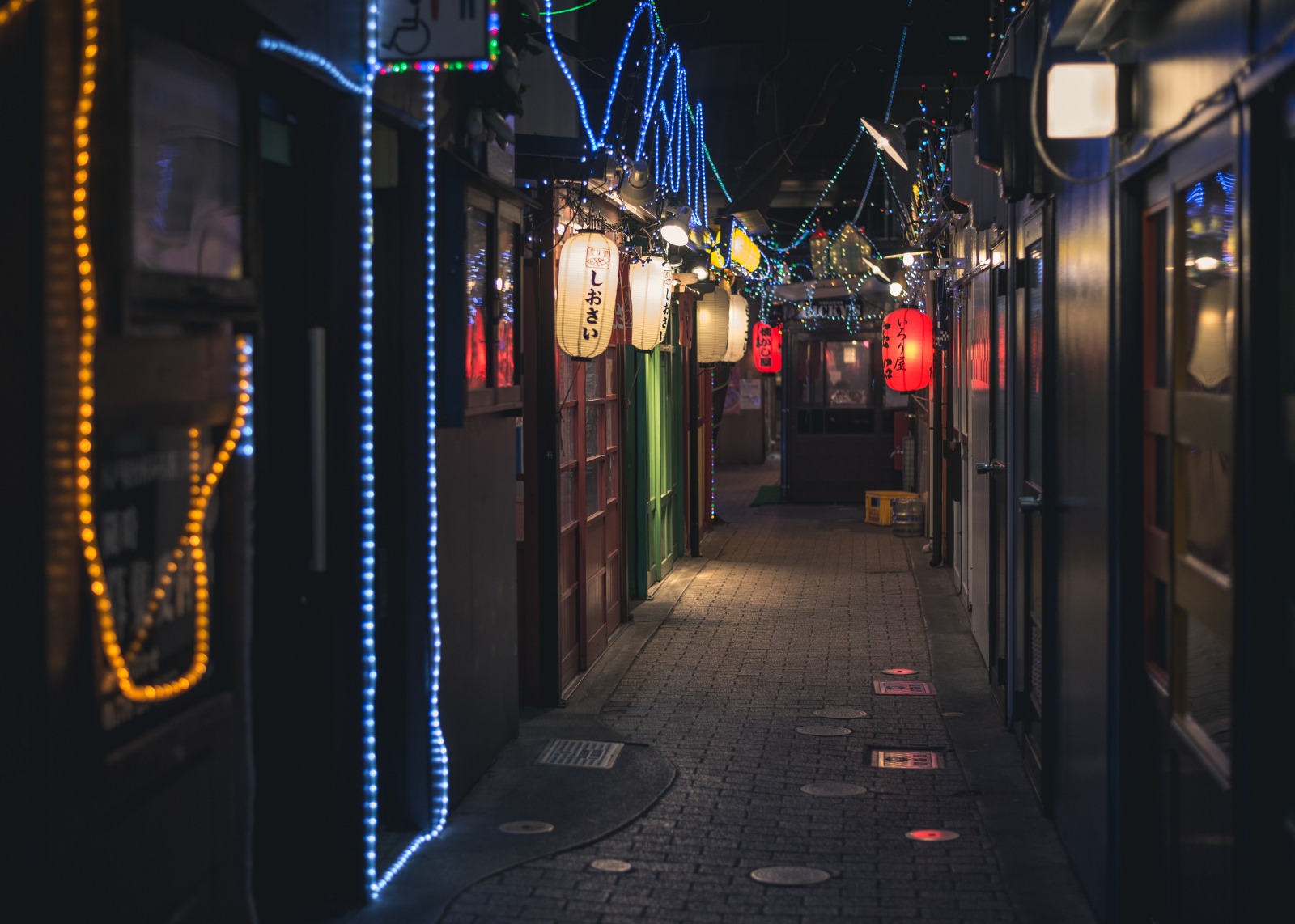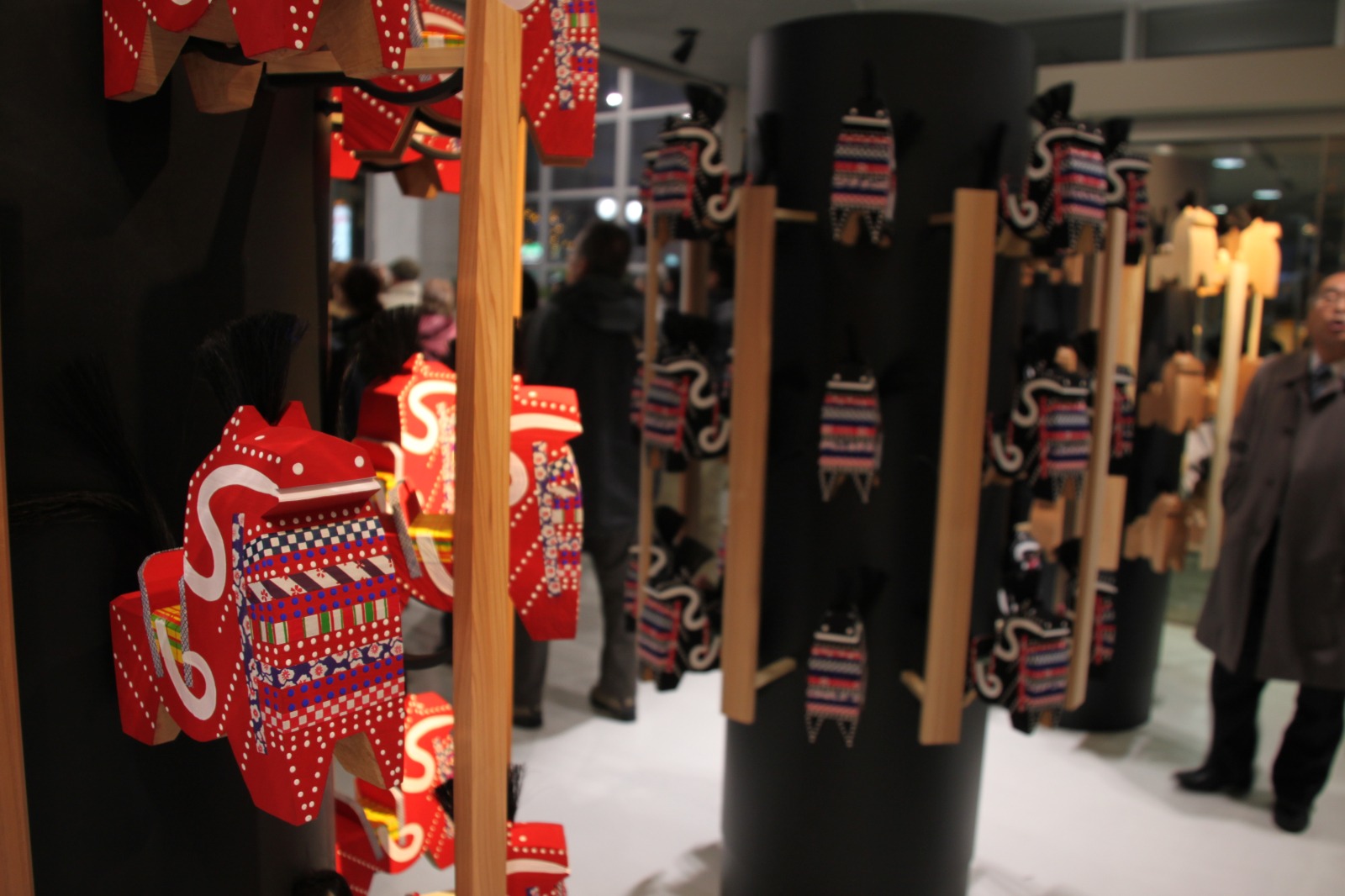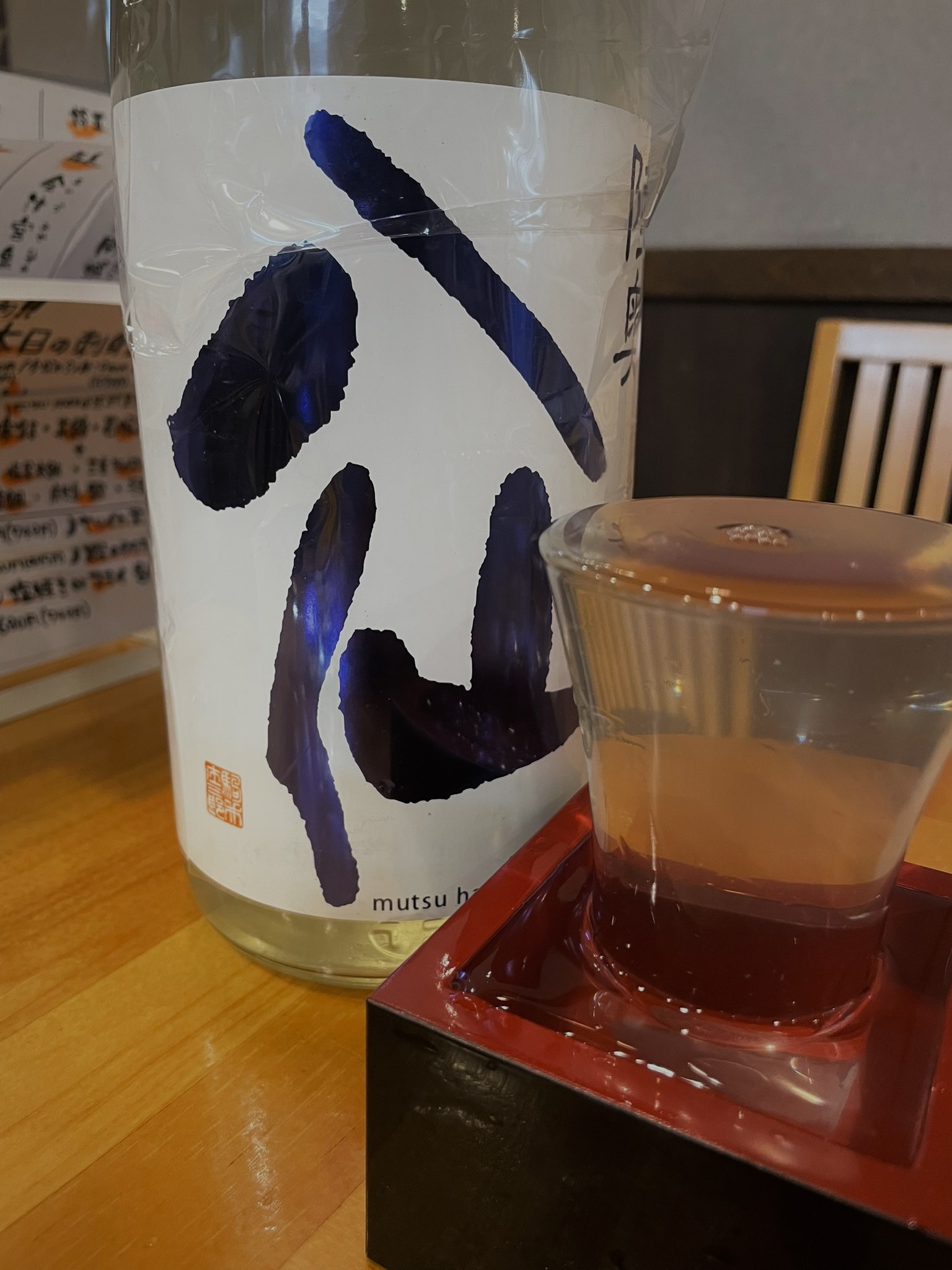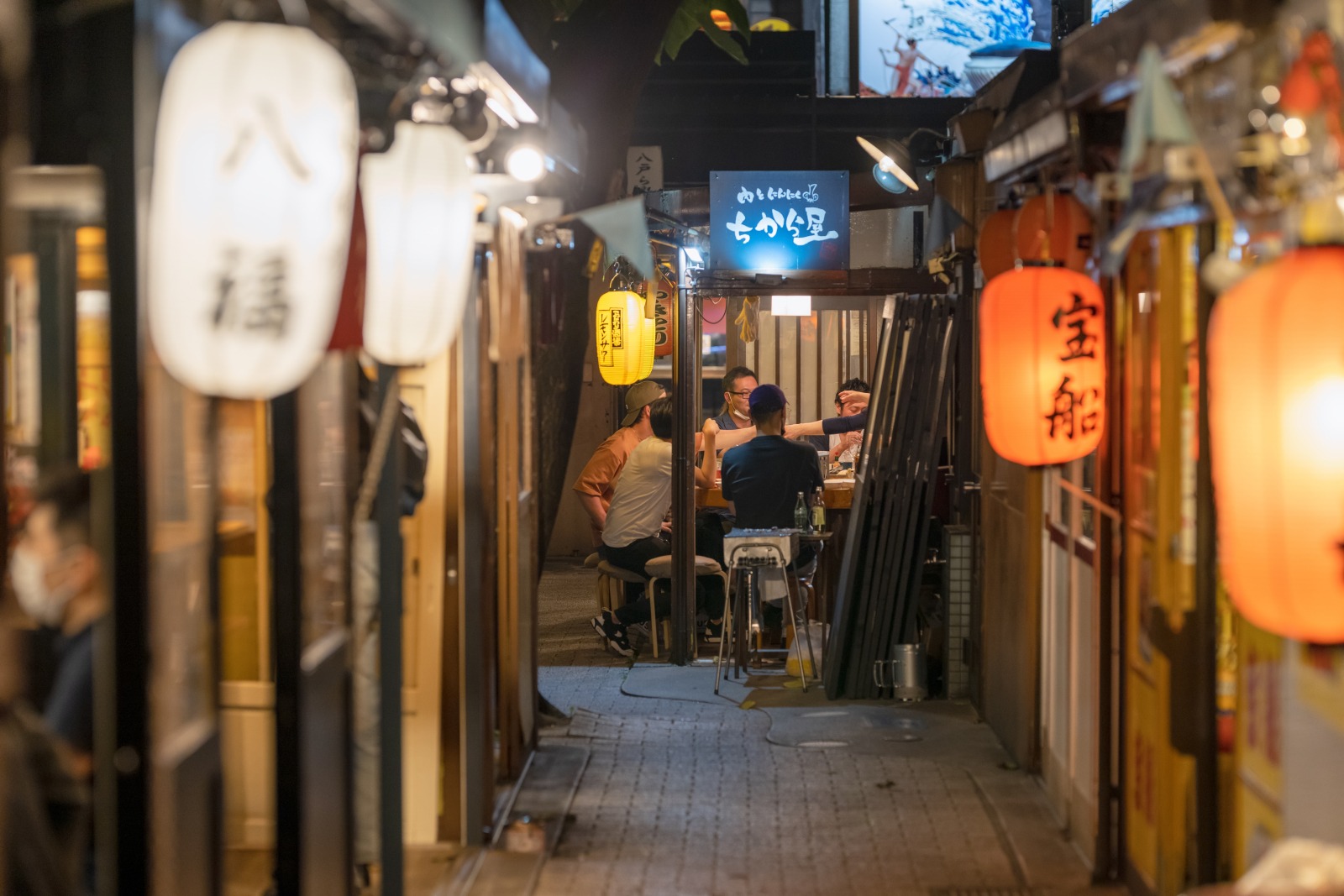Travelogue day1 - The Heartlands of Hachinohe
By Paul McInnes

Blessed with eight renowned yokocho, this area of Aomori Prefecture is perfect for mixing with locals and savoring the soul of the region.
I recognize this sky. This ashen expanse and thin horizontal break of daylight, lying low on the skyline as dusk creeps in, as if to signify that time has again passed. I know these people, even though I haven't been here before. The watery eyes, the look of determination, the quietness and hesitancy with outsiders. I realize that even though I'm far from home, I've come home—to the north, to a part of the country which stands proud in its ways and eager to share its idiosyncrasies with those who are interested.
I haven't seen this sky since I was a boy, running around the wilds of Scotland. We instinctively understand what this sky means. Snow. Snow will fall soon and the landscape will change dramatically. Scotland has 421 words to describe snow and even though I'm not sure about the people or language of Aomori, I'm confident they also have their fair share of idioms and phrases to describe an element which, in some ways, has come to define them.
We travel to understand otherness. We also travel to return home, to a similarity and shared understanding. As I stepped off the shinkansen at Hachinohe Station, I felt at home with the distinctive earthy smell of snow and the sometimes impenetrable accents. The glowing smiles whilst sharing a strong drink like whisky or nihonshu and that throaty northern laugh. There used to be a saying in the north of England, "This is the North—we do what we want." Perhaps this is also true of this region of Japan. People do things differently here, there is a different set of rules at play and, because of this, traveling in Aomori becomes a subtly beautiful and transformative experience.
Although Hachinohe is a shinkansen hub, it's true to say that more is going on in Hon-Hachinohe, which is only a few minutes away by local train. It is a quiet station area but in only 10 minutes by foot, you'll find a bustling town with department stores, restaurants, cafes, and museums. My first stop was the Hachinohe Portal Museum otherwise known as Hacchi. It's a wonderful multi-floor space which introduces the local area and its rich culture—from fishing, Yawata Uma dolls, and festivals—to its distinctive culinary traditions and people who have made their mark on this part of Japan. It has plenty of space, reading areas (that many local school kids use as a study space), video installations, and a wonderful souvenir store packed with local specialties including apple juice (one of Aomori's most famous exports), tenugui scarves, and all kinds of sweet goodies for the foodies out there. It's an ideal way of introducing yourself to the local area and to find your footing with a location which has been steeped in culture and industry for centuries.
Osamu Dazai, one of Aomori's favorite sons, once wrote, "I shall be nothing, the wind, the sky." I thought about this as I crisscrossed the pathways of Hon-Hachinohe and felt sure that only someone from this area of Japan could have written this. A sense of pessimism, sure; but also a feeling of being one with nature. The wind and sky are symbolic but also critical to our understanding of the people and life here.
Like Scots and other northerners in the world, the people here are fond of a drink. That's possibly the reason why Hon-Hachinohe is renowned for its thriving eight yokocho (drinking streets). Gathered together in a warren of tiny shops packed with locals and visitors it resembles Shinjuku's legendary Golden Gai.
The various yokocho crisscross each other and you may be unaware that you've crossed the border into another area. Miroku-Yokocho is the most identifiable of the eight yokocho and also the newest addition to the area, created in 2002 when the shinkansen station first opened. The other yokocho are Tanuki-Koji, Goban-Gai, Hachinohe-Showa-Dori, Harmonica Yokocho, Nagayokocho Rensagai, Rocho Rensagai, and Hanakoji.
No matter which location you find yourself in, you'll be confronted with the smell of vegetables and meats grilling, the sound of laughter, and lights emanating from lanterns overhead. It's unsurprisingly busy on weekends here, and if you don't arrive early enough, you'll find it difficult to find a space in one of the myriad of bars and eateries. I could name drop a huge list of bars here but, to be honest, it's best that you choose the bar or restaurant that looks most inviting to you.
If you were to ask me what my favorite was, I'd have to say JuJu on Miroku-Yokocho. It's a brilliant place to start your night of revelry. The staff are attentive, generous, and kind. They'll answer your questions, give suggestions for things to do in the area (such as checking out the vibrant morning markets in nearby towns), and invite you into conversations with other patrons.
I had the pleasure of drinking the night away with some local seamen with the Japanese Navy, an employee of Yahoo Japan, and a charming couple on a date who all seemed very happy to be sharing their Saturday night with a garrulous Scotsman. The food on offer at JuJu was simple but expertly cooked. The menu consists of hearty dishes fit for cold winter nights. Potato, local lamb served on a bed of leeks, locally sourced cheese, apples (of course), vegetable platters, pickles, and spareribs.
As I strolled back after a beautiful and indelible evening, I realized that I had traveled far to essentially return home. I felt at home talking to strangers in a northern bar, asking them about local customs, peculiarities, and football. I felt at ease navigating myself through tiny backstreets, chatting to locals, sharing jokes and knowing glances. It's a charming city, Hachinohe, and a convenient gateway which leads into the life and culture of Aomori Prefecture.
Leave your map and reticence at your hotel. Walk with some resolve, poke your head around corners, look upward, make new friends, eat the local food and, at the end of the night, let yourself be enveloped by the darkened sky with incandescent starlight that is somehow reminiscent of times past and of a potential future.





